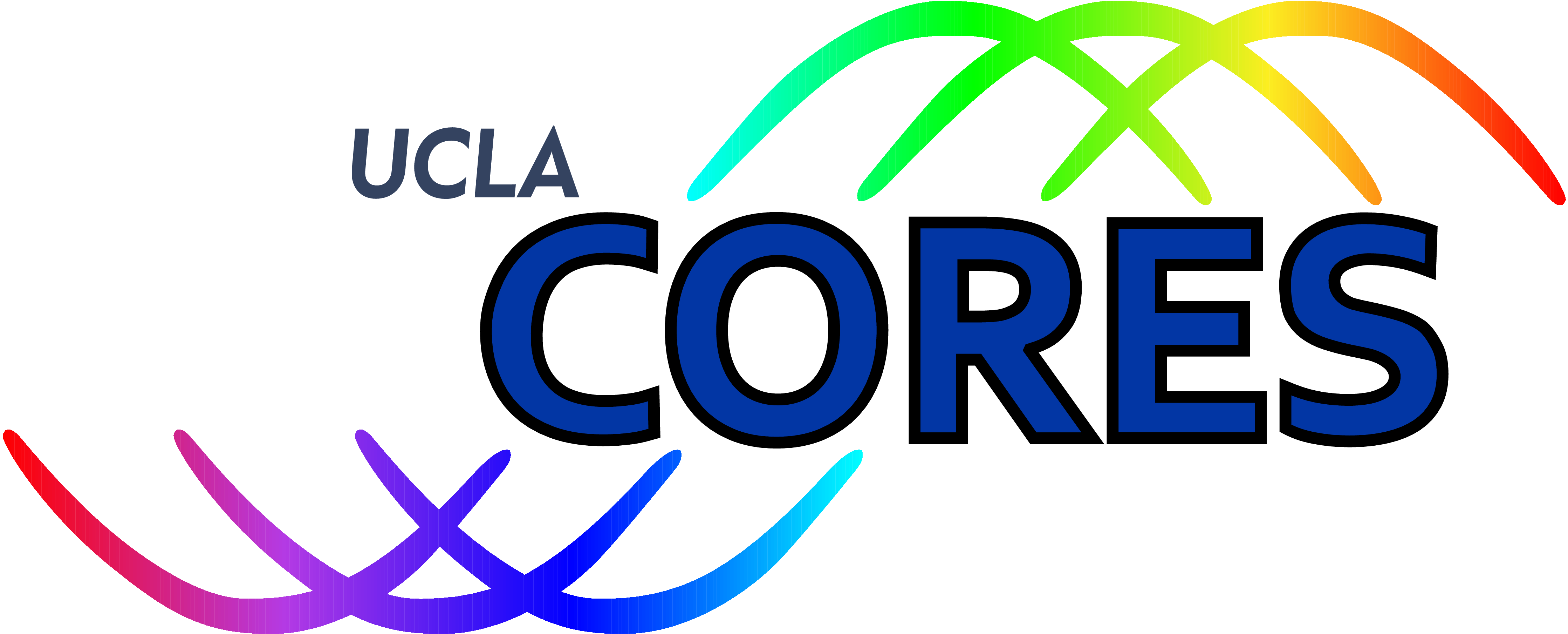
Cognitive Reconfigurable Embedded Systems Lab

Millimeter-Wave Communication: Network Layer Perspective
In millimeter wave networks, a high density of base stations is required to avoid outages resulting from the propagation loss and signal blockages. Additionally, base stations and users are equipped with a large number of antennas, which enables forming of narrow beams with high beamforming gains. To achieve a balance between beamforming flexibility and array power consumption, a hybrid of analog and digital array architectures with K radio frequency (RF) chains and N antenna elements (K<N) was proposed. This architecture enables base stations to serve K users simultaneously or dedicate more data streams to specific users by exploiting spatial multiplexing. On the other hand, users with ever increasing data rate requirements can leverage hybrid arrays to connect to multiple base stations at the same time in order to satisfy their requirements and increase robustness to link failures. In this project, we consider the promising hybrid arrays and address the following challenges:
- We design a network-level user association and resource allocation (UA/RA) framework in dense mmW networks. We develop low complexity algorithms to optimize the allocation of RF chains at base stations, such that the number of associated users with satisfied rate requirements is maximized.
- We extend the UA/RA framework with user mobility and time resources. Based on current channel conditions and previous resource allocations, we aim to predict the optimal distribution of system resources over time, such that the number of handovers in mmW network is minimized.
Staff
- Principal Investigator: Danijela Cabric
- Students: Veljko Boljanovic